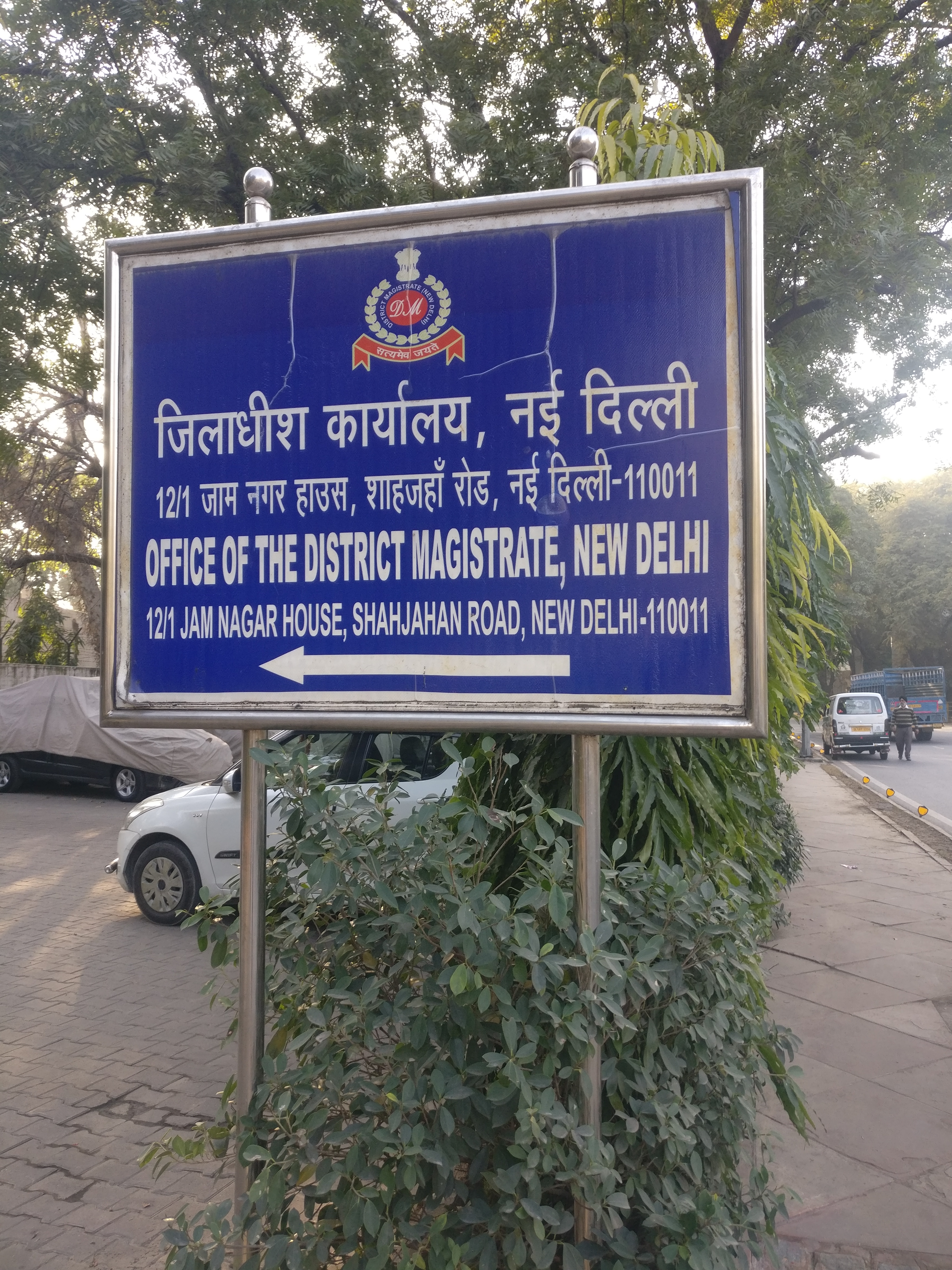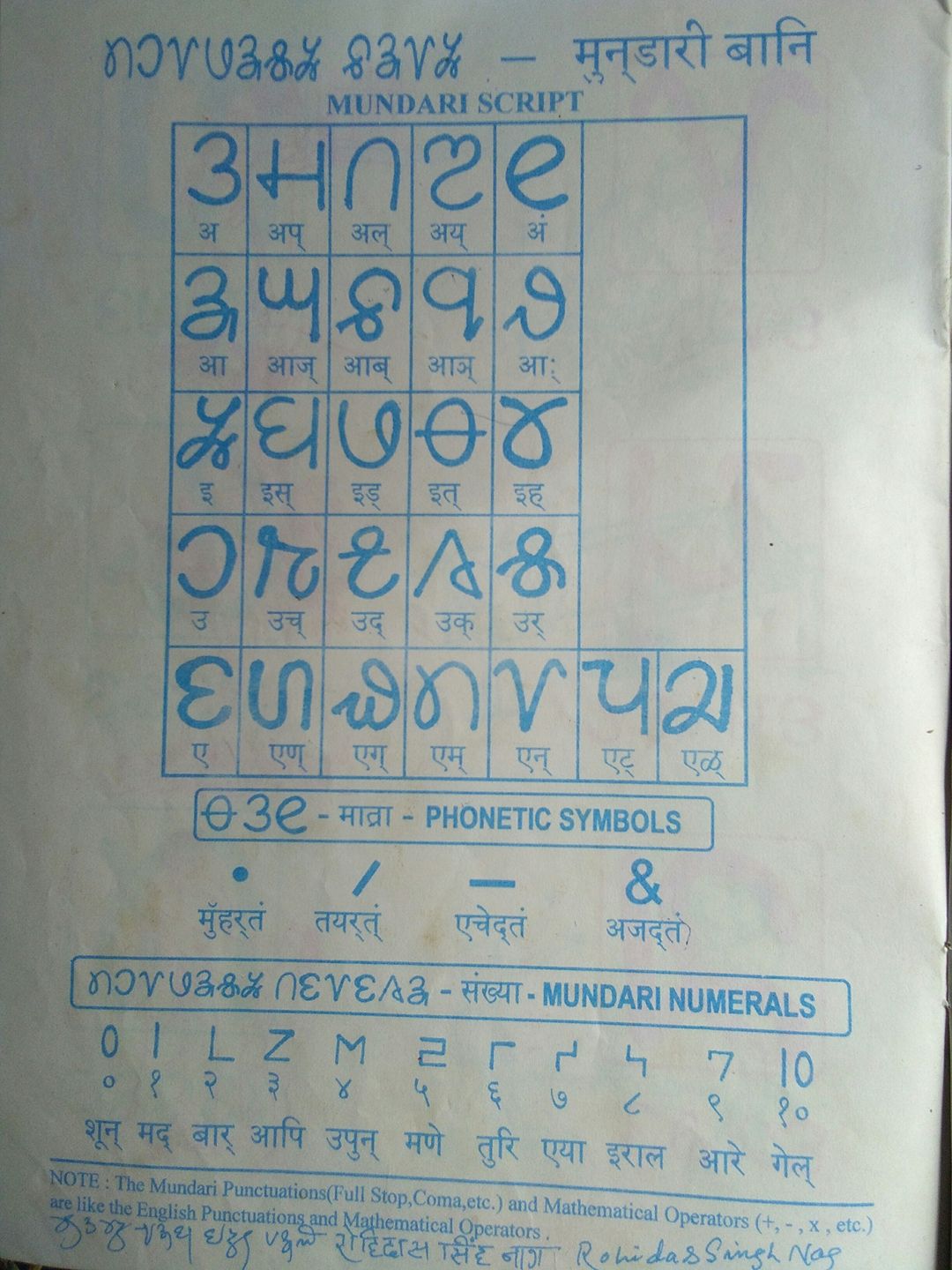|
Mayurbhanj District
Mayurbhanj district is one of the List of districts of Odisha, 30 districts of Odisha state in eastern India and the largest in the state by area, nearly equivalent to Tripura. The district's headquarters is located in Baripada, with other major towns including Rairangpur, Karanjia, and Bahalda. , Mayurbhanj ranks as the third-most populous district in Odisha, following Ganjam district, Ganjam and Cuttack district, Cuttack.The district is bounded in the North-East by Medinipur district of West Bengal, Singhbhum district of Jharkhand in the North-west, Baleshwar district in the South-East and by Kendujhar in the South-West. The district has a rich mineral base. It is home to the famous Simlipal National Park, Similipal National park. Etymology The district owes its name to two Medieval India, medieval ruling dynasties, Maurya Empire, Mayura and Bhanja dynasty, Bhanja. It is believed that the native ruling Bhanja dynasty underwent socio-cultural exchange with the Mayura dynasty ... [...More Info...] [...Related Items...] OR: [Wikipedia] [Google] [Baidu] |
List Of Districts Of Odisha
Odisha, a States and union territories of India, state on the East India, eastern coast of India, is divided into 30 administrative geographical units called ''List of districts in India, Districts''. These 30 districts have been placed under three different revenue divisions to streamline their governance. The divisions are Central, North and South with their headquarters at Cuttack (''Central Division''), Sambalpur (''Northern Division''), Berhampur (''Southern Division'') respectively. Each division consists of 10 districts, and has as its administrative head a Divisional commissioner (India), Revenue Divisional Commissioner (RDC), a senior rank officer of Indian Administrative Service. The position of the ''RDC'' in the administrative hierarchy is that between that of the district administration and the state secretariat. Each ''District'' is governed by a ''Collector'' & ''District Magistrate'', who is appointed from the Indian Administrative Service. The Collector & Distric ... [...More Info...] [...Related Items...] OR: [Wikipedia] [Google] [Baidu] |
District Collector
The district magistrate, also known as the district collector or deputy commissioner, is a career civil servant who serves as the executive head of a district's administration in India. The specific name depends on the state or union territory. Each of these posts has distinct responsibilities, and an officer can assume all of these roles at once. The district magistrate is primarily responsible for maintaining law and order, while the district collector focuses on land revenue administration, and the deputy commissioner is in charge of overseeing developmental activities and coordinates government departments. Additionally, they also serve as election officers, registrar, marriage officer, licensing authority, and managing disaster responses, among other things. While the specific scope of duties may vary from state to state, they are generally similar. The district magistrate comes under the general supervision of divisional commissioner. History Warren Hastings introd ... [...More Info...] [...Related Items...] OR: [Wikipedia] [Google] [Baidu] |
Mundari Language
Mundari (Munɖari) is a Munda languages, Munda language of the Austroasiatic languages, Austroasiatic language family spoken by the Munda people, Munda tribes in eastern Indian states of Jharkhand, Odisha and West Bengal and northern Rangpur Division of Bangladesh. It is closely related to Santali language, Santali and Bhumij language, Bhumij. Mundari Bani, a script specifically to write Mundari, was invented by Rohidas Singh Nag. It has also been written in the Devanagari, Oriya script, Odia, Bengali alphabet, Bengali, and Latin script, Latin writing systems. History According to linguist Paul Sidwell (2018), Munda languages probably arrived on coast of Odisha from Mainland Southeast Asia, Indochina about 4000–3500 years ago and spread after Indo-Aryan migration to Odisha. Geographical distribution Mundari is spoken in the Khunti district, Khunti, Ranchi district, Ranchi, Seraikela Kharsawan district, Seraikela Kharsawan and West Singhbhum district, West Singhbhum, East ... [...More Info...] [...Related Items...] OR: [Wikipedia] [Google] [Baidu] |
Ho Language
Ho (, Warang Chiti: ) is a Munda language of the Austroasiatic language family spoken primarily in India by about 2.2 million people (0.202% of India's population) per the 2001 census. It is spoken by the Ho, Munda, Kolha and Kol tribal communities of Jharkhand, Odisha, West Bengal and Assam and is written using Warang Chiti script. Devanagari, Latin and Odia script are also used, although native speakers are said to prefer Warang Chiti, invented by Lako Bodra. The name Ho is derived from the native word ''hoo'' meaning ''human being,'' with cognates in its sister languages ''hoṛo'' in Mundari, ''ho̠ṛ'' in Santali and ''koro'' in Korku. Ho is closely related to Mundari and Santali. Ho and Mundari are often described as sister languages. Ho is closer to the Hasadaḱ dialect of Mundari than the other varieties spoken in Jharkhand. While being ethnically and linguistically close, Ho and Mundari speakers form distinct regional identities. Geographical distributi ... [...More Info...] [...Related Items...] OR: [Wikipedia] [Google] [Baidu] |
Santali Language
Santali (, , , , ) is a Kherwarian languages, Kherwarian Munda languages, Munda language spoken natively by the Santals, Santal people of South Asia. It is the most widely-spoken language of the Munda subfamily of the Austroasiatic languages, related to Ho language, Ho and Mundari language, Mundari, spoken mainly in the Indian states of Assam, Bihar, Jharkhand, Mizoram, Odisha, Tripura and West Bengal. It is a recognised regional language of India as per the Eighth Schedule to the Constitution of India, Eighth Schedule of the Indian Constitution. It is spoken by around 7.6 million people in India, Bangladesh, Bhutan and Nepal, making it the third most-spoken Austroasiatic languages, Austroasiatic language after Vietnamese language, Vietnamese and Khmer language, Khmer. Santali was a mainly oral language until developments were made by European missionaries to write it in Bengali script, Bengali, Odia script, Odia and Roman scripts. Eventually, the Ol Chiki script was developed ... [...More Info...] [...Related Items...] OR: [Wikipedia] [Google] [Baidu] |
Odia Language
Odia (;"Odia" ''Lexico''. , ISO 15919, ISO: , ; formerly rendered as Oriya) is a classical languages of India, classical Indo-Aryan languages, Indo-Aryan language spoken in the Indian state of Odisha. It is the Languages with official status in India, official language in Odisha (formerly rendered as Orissa), where native speakers make up 82% of the population, and it is also spoken in parts of West Bengal, Jharkhand, Andhra Pradesh and Chhattisgarh. Odia is one of the Languages with official status in India, official languages of India; it is the official language of Odisha and the second official language of Jharkhand. The Odia language has various dialects varieties, including the Baleswari Odia (Northern dialect), Kataki, Dhenkanalia, Anugulia(central dialect), Ganjami O ... [...More Info...] [...Related Items...] OR: [Wikipedia] [Google] [Baidu] |
Male
Male (Planet symbols, symbol: ♂) is the sex of an organism that produces the gamete (sex cell) known as sperm, which fuses with the larger female gamete, or Egg cell, ovum, in the process of fertilisation. A male organism cannot sexual reproduction, reproduce sexually without access to at least one ovum from a female, but some organisms can reproduce both sexually and Asexual reproduction, asexually. Most male mammals, including male humans, have a Y chromosome, which codes for the production of larger amounts of testosterone to develop male reproductive organs. In humans, the word ''male'' can also be used to refer to gender, in the social sense of gender role or gender identity. Overview The existence of separate sexes has evolved independently at different times and in different lineage (evolution), lineages, an example of convergent evolution. The repeated pattern is sexual reproduction in isogamy, isogamous species with two or more mating types with gametes of identic ... [...More Info...] [...Related Items...] OR: [Wikipedia] [Google] [Baidu] |
Female
An organism's sex is female ( symbol: ♀) if it produces the ovum (egg cell), the type of gamete (sex cell) that fuses with the male gamete (sperm cell) during sexual reproduction. A female has larger gametes than a male. Females and males are results of the anisogamous reproduction system, wherein gametes are of different sizes (unlike isogamy where they are the same size). The exact mechanism of female gamete evolution remains unknown. In species that have males and females, sex-determination may be based on either sex chromosomes, or environmental conditions. Most female mammals, including female humans, have two X chromosomes. Characteristics of organisms with a female sex vary between different species, having different female reproductive systems, with some species showing characteristics secondary to the reproductive system, as with mammary glands in mammals. In humans, the word ''female'' can also be used to refer to gender in the social sense of gen ... [...More Info...] [...Related Items...] OR: [Wikipedia] [Google] [Baidu] |
Human Sex Ratio
The human sex ratio is the ratio of males to females in a population in the context of anthropology and demography. In humans, the natural sex ratio at birth is slightly biased towards the male sex. It is estimated to be about 1.05 worldwide or within a narrow range from 1.03 to 1.06 males per female at birth. The sex ratio for the entire world population (all ages) is approximately 101 males to 100 females . The sex ratios at birth and of the total population are affected by various factors including natural factors, exposure to pesticides and environmental contaminants, war casualties, returning soldier effect, effects of war on men, sex-selective abortions, infanticides, aging, gendercide, problems with birth registration and Life expectancy#Sex differences, sex differences in life expectancy. Human sex ratios, either at birth or in the population as a whole, can be reported in any of four ways: the ratio of males to females, the ratio of females to males, the proportion of ... [...More Info...] [...Related Items...] OR: [Wikipedia] [Google] [Baidu] |
List Of Districts In India
A district (''Zila (country subdivision), zila''), also known as revenue district, is an Administrative divisions of India, administrative division of an States and union territories of India, Indian state or territory. In some cases, districts are further subdivided into Revenue division, sub-divisions, and in others directly into tehsil, ''tehsils'' or ''talukas''. , there are a total of 780 districts in India. This count includes Mahe and Yanam which are Census districts and not Administrative districts and also includes the temporary Maha Kumbh Mela district but excludes Itanagar Capital Complex which has a Deputy Commissioner but is not an official district. District Administration ;The District officials include: *District Judge (India), District & Sessions Judge (Principal & additional), an officer belonging to the Judiciary of India, Indian Judicial Service (state), responsible for justice and passing orders of imprisonment, including the Capital punishment, death pena ... [...More Info...] [...Related Items...] OR: [Wikipedia] [Google] [Baidu] |




